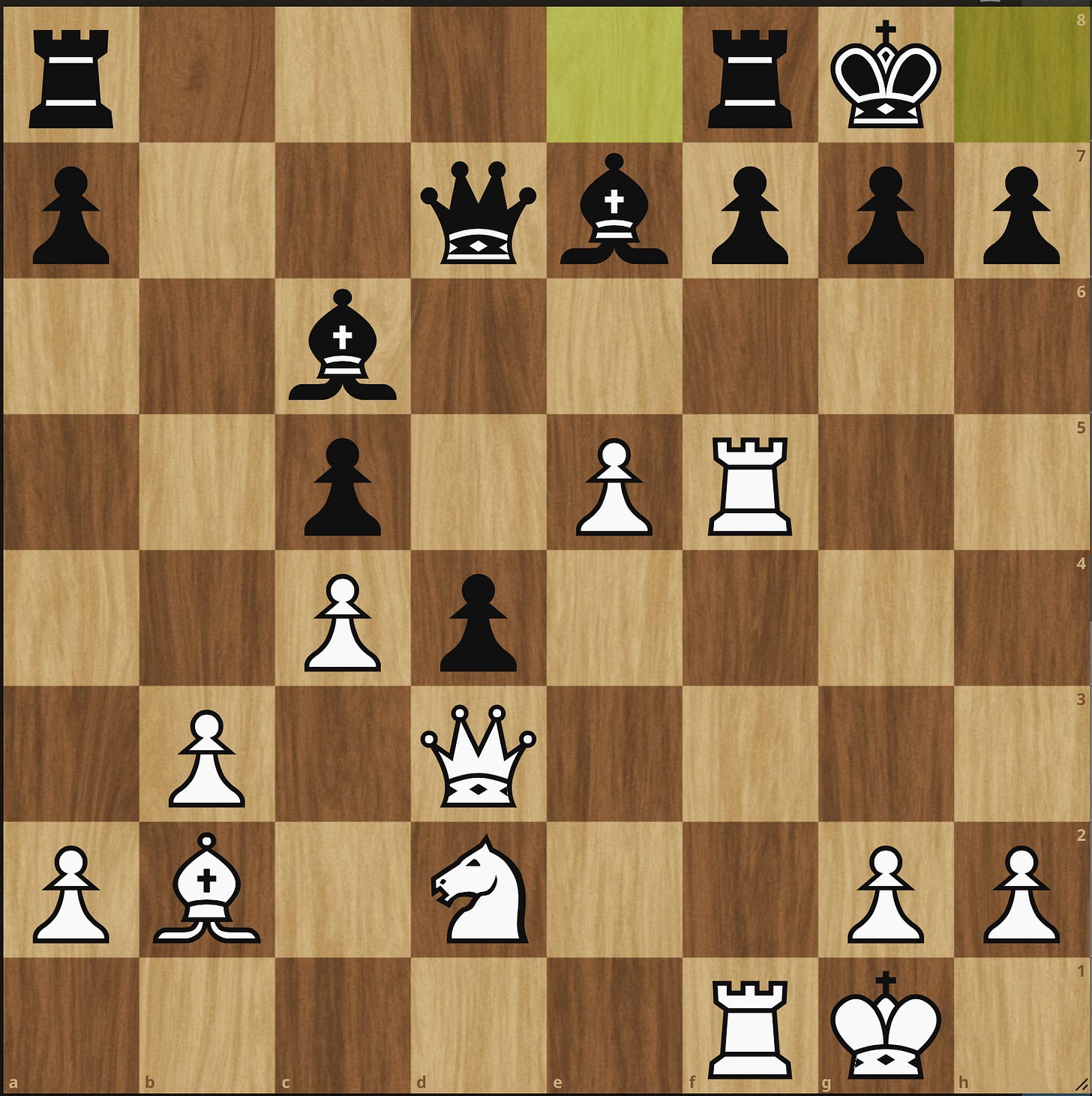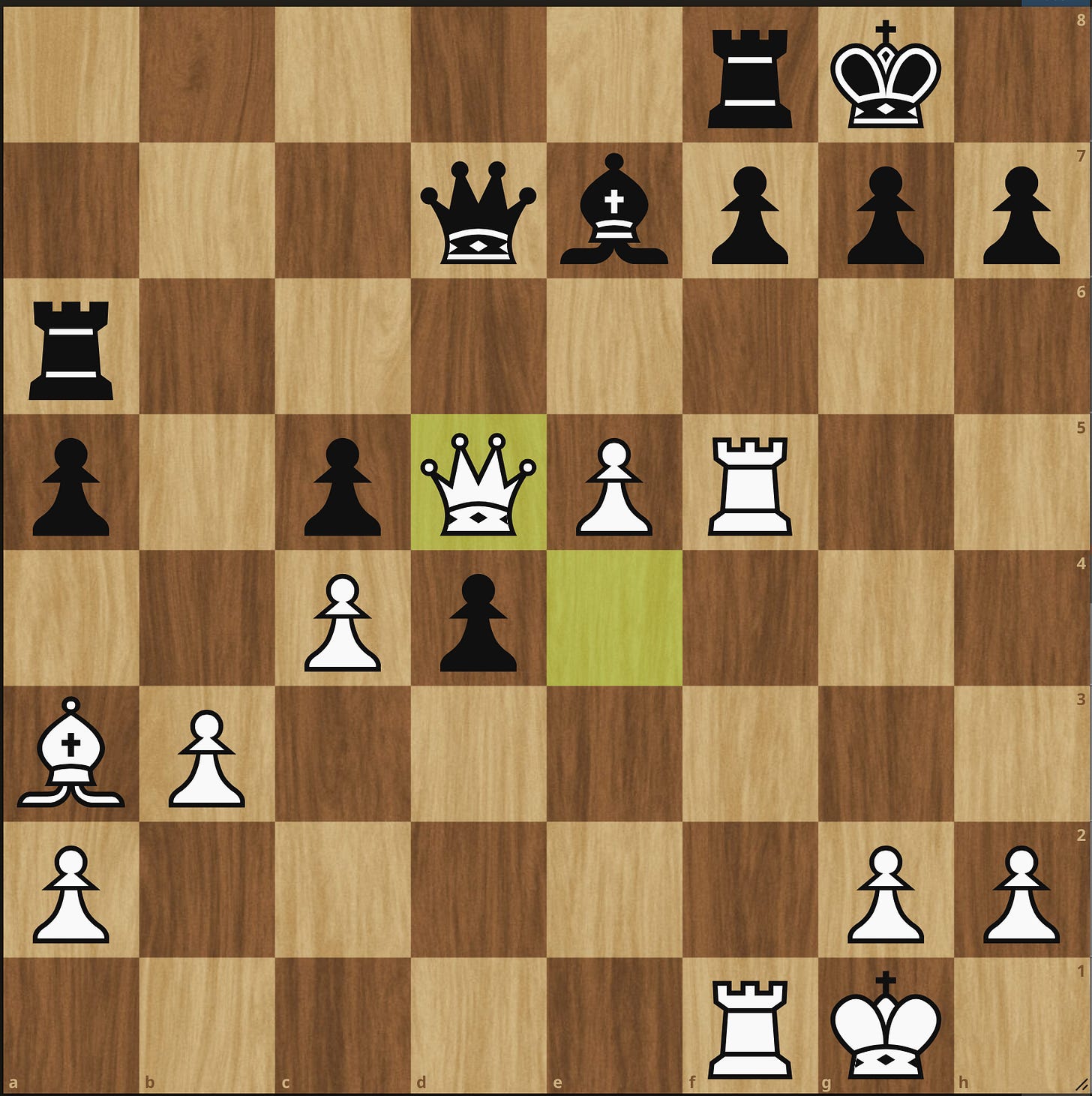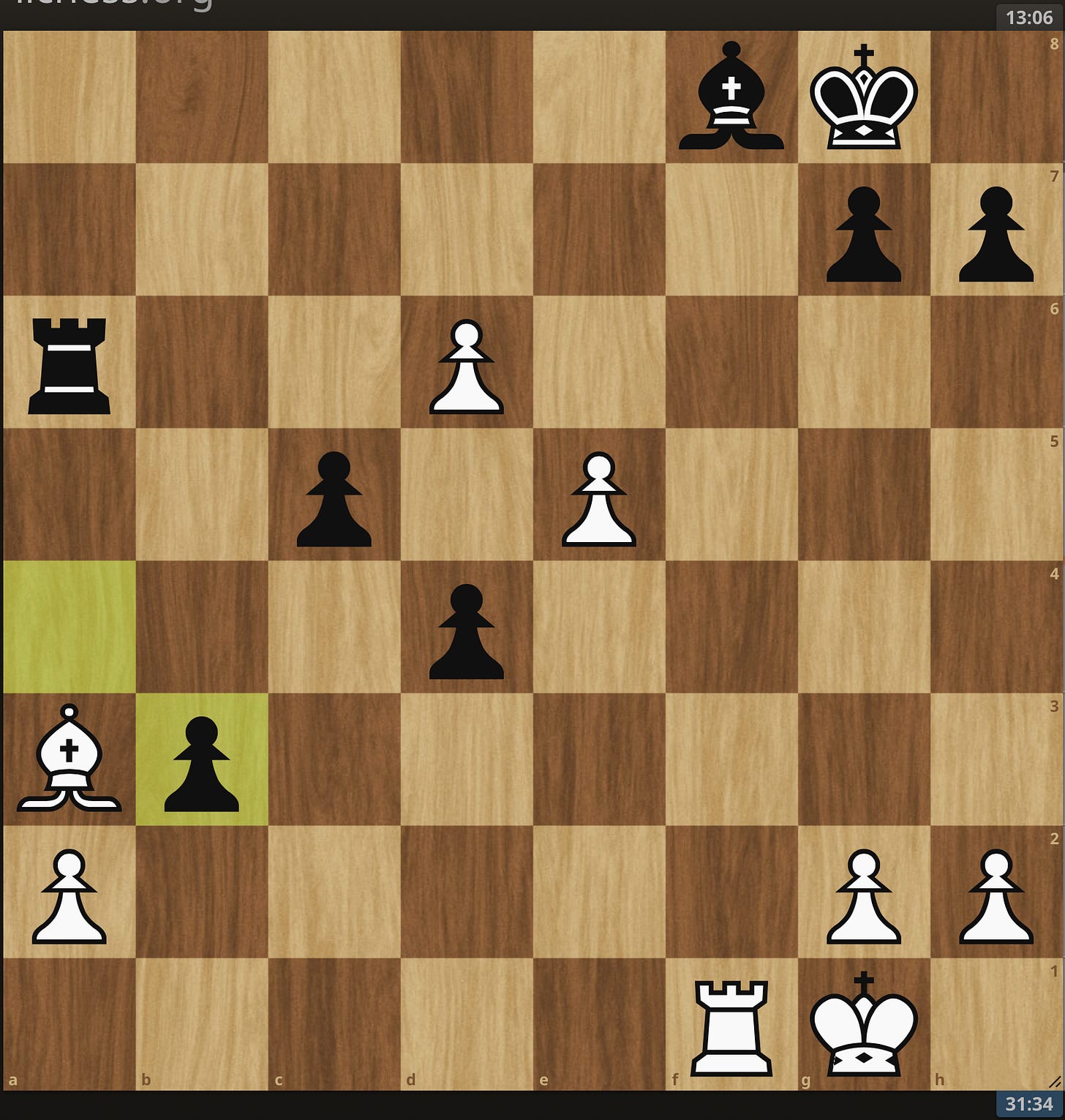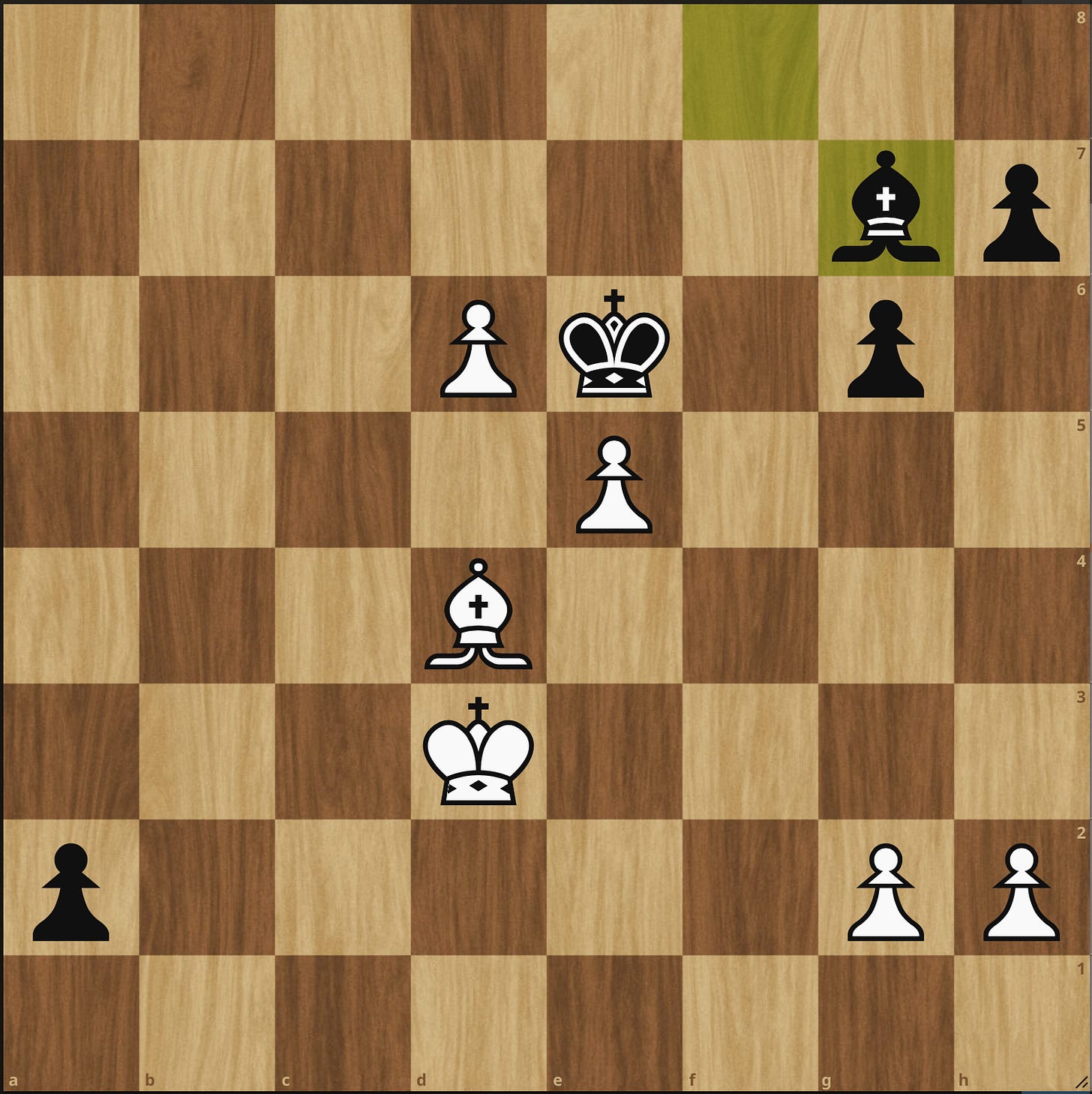I’ve had a chance to teach students in the ER over the last 15 years. All of them are bright, capable, and motivated. I often feels it’s my responsibility to not only teach them what to learn but, more importantly, how to learn. Humans do not learn just by reading, they learn by watching and doing. Learning is really a full body experience and needs your whole being involved. Humans learn best through stories.
When I look back at my own journey, that the crucial step I needed to take to become an expert in medicine. In medicine, like in chess, there is just too much information to learn and retain even in 4 years of medical school. Time is limited of course. Medical students need to ingest information, retain it, and then spit it back out with some level of accuracy. It’s a terrible pace to be honest. I can still remember finishing a test after 6 weeks of Neuroanatomy only to immediately begin a new 3 week long course on Immune Defense. Brutal.
Along the way, I had to learn how to read something once, retain it, and be able to incorporate information. So I started telling stories. Each time a subject comes up, I don’t remember the chapter I read but rather to stories I associate with them. Take heart attack for example, I recall faces of people who I’ve seen saved from dying (and some who didn’t make it). When I perform a lumbar puncture, I remember the story of the doctor who taught me how to do them well (thank you Dr. Van Gelder). Subject after subject, I had to build an entire book of stories that I could recall with speed.
Stories have great power to not only connect random pieces of information into a coherent thread, but also convey ideas. Humans naturally try to do this with every day events, looking for a broader theme or pattern. Being able to tell the story of something gives humans a sense of control and helps them anticipate what will happen next.
Back to chess. It’s been said that the most reliable way to improve at chess is to play slow games and then analyze your own games. However I’d make a slight adjustment to that idea. You can best learn chess by playing slow games and then learning the story of the game.
The story I tell of this game is “The most instructive game I’ve ever played.”
I went into this game without any prep and sort of forgot my best lines against the French (4.Nf3?). What came of it however was a great game that I learned a lot from. We reached this position after move 8.
The story I tell here is the pawn on e5. The whole advantage for White in the Advanced French (and Caro Kann) is the pawn on e5, preventing Black from completing his development. It makes the Kingside White’s side to play on. White needs to save this pawn at all costs to retain the advantage. It’s like a monkey wrench in Black’s position. In every similar position from now on, I’ll remember that story now. Knowing that story, I might have played this later position differently.
Black has just castled. If the Kingside is “my side” then Ne4, Bc1, Qh3, Rh5 are all possible moves to consider. Ever h4 here may later be a move. I forgot the story and instead played Ba3 and then Ne4 to pressure the backwards pawn. Not the worst, but also not the best for the position.
After Ne4 Bxe4 Qxe4 Ra6 we get here. I’ve just played Qd5 hoping to force a trade and give me two passed connected pawns on d5 and e5. Black could have played Qe6 to stay equal, but made a slight error under pressure and instead played Qc6 giving me a tactic to win a pawn.
After Qc6 Rxf7 Qxd5 Rxf8+ Bxf8 cxd we get a new position. Now my story has changed. From here I learned what to do with connected passers.
This is a dangerous position for both sides. White has the advantage of control of the f file and two connected passers. The story I now tell about this game is two fold. First, push the passed pawn! Second, if you have time then take it.
After a4 d6 axb we reach a critical position. Please note how much time I had left… over 30 minutes.
White is absolutely crushing here but it’s very nervous. Under pressure I made a very human error and played for safety. I saw Bxc5 bxa Bxd4 not only left white with connected passers but controlled the queening square of a1. This line kept things equal but gave away to advantage I had. Do your best to calculate what happens if White plays d7 here.
The story I now tell it that endgames require time and accuracy. Flashing back to Dr. Van Gelder teaching me how to do a procedure she said “If you have time, take it.” We often don’t in ER, we often have to act with incomplete information. Oddly the same seems true in chess. You can’t calculate everything, but sometimes you need a good think. I had 31:34 on the clock here. I had more than enough time. I needed to slow down and consider all the moves in the position.
After my move “error” we played on. We reached this endgame which I’ll leave for you to consider. Black has just played Bg7. What’s White best move? What’s the story here? I’m sorry to say I didn’t find it and instead earned a draw. (Leave your thoughts if you want in the comments section.)
So let’s sum up.
There’s too much information in chess to learn and remember.
Humans learn best by telling stories. It helps connect disparate information into a clear thread.
Chess improvers will learn best by telling they story of the games they’ve played.
Analyze each of your games looking for a theme or a story and you’ll remember it better.
Nick Vasquez
Thanks for reading. If you liked it, please tell your friends. If you haven't already, consider subscribing. Next time, I’m going to dive deeper into the power of story telling in chess.












Hey all sorry for the formatting. When I write them I only see one image of the board . Not sure how I ended up with doubled up board images